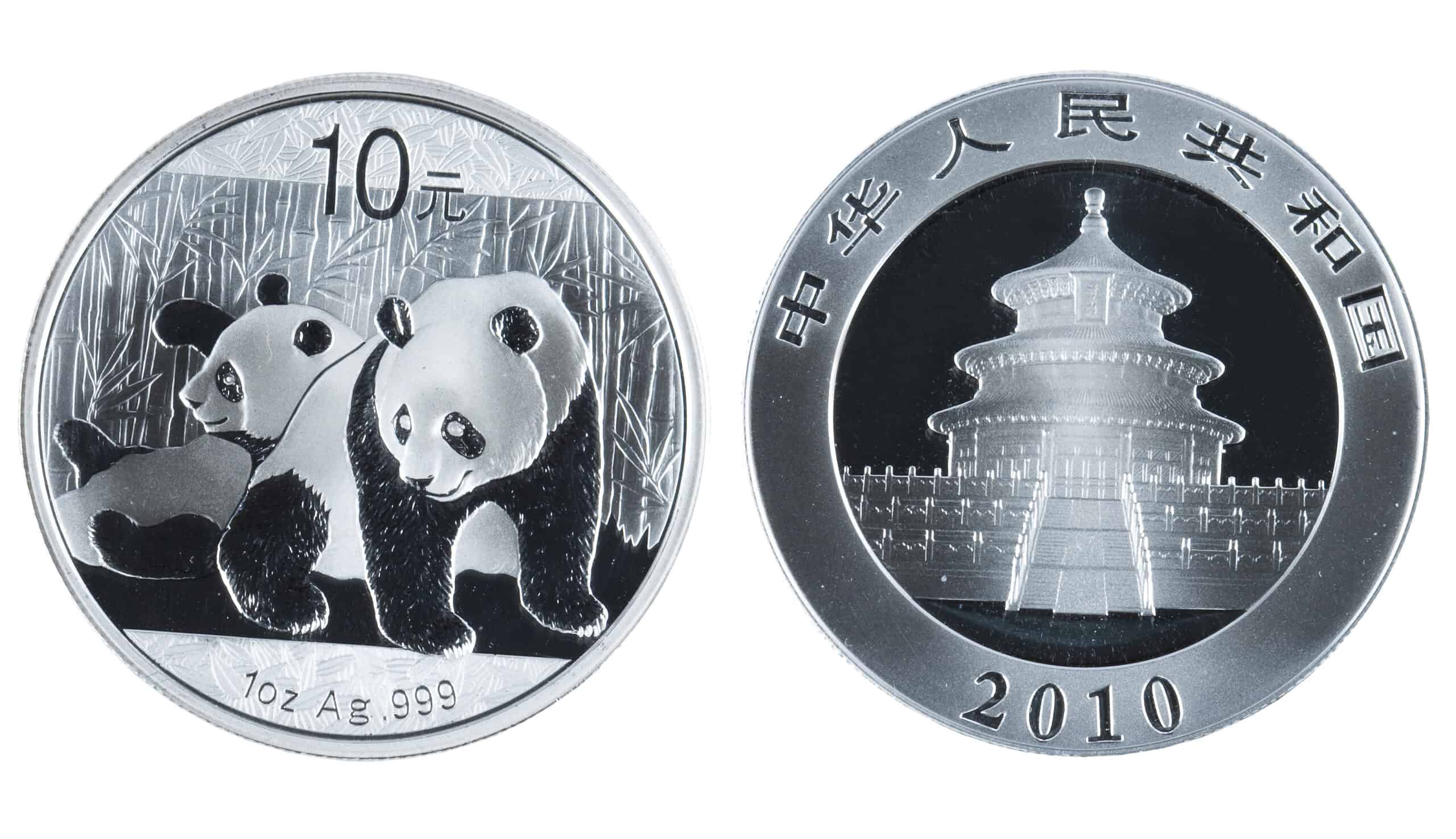Musical instruments come in all shapes and sizes, each with its own unique sound and history. While many are familiar with guitars, pianos, and violins, there are countless other instruments that are much less common but equally fascinating. From the eerie sounds of the theremin to the majestic tones of the octobass, these rare and unusual instruments offer a glimpse into the diverse world of music. Here are 19 of the most unusual and rare musical instruments, each with its own captivating story and distinctive sound.
The Theremin
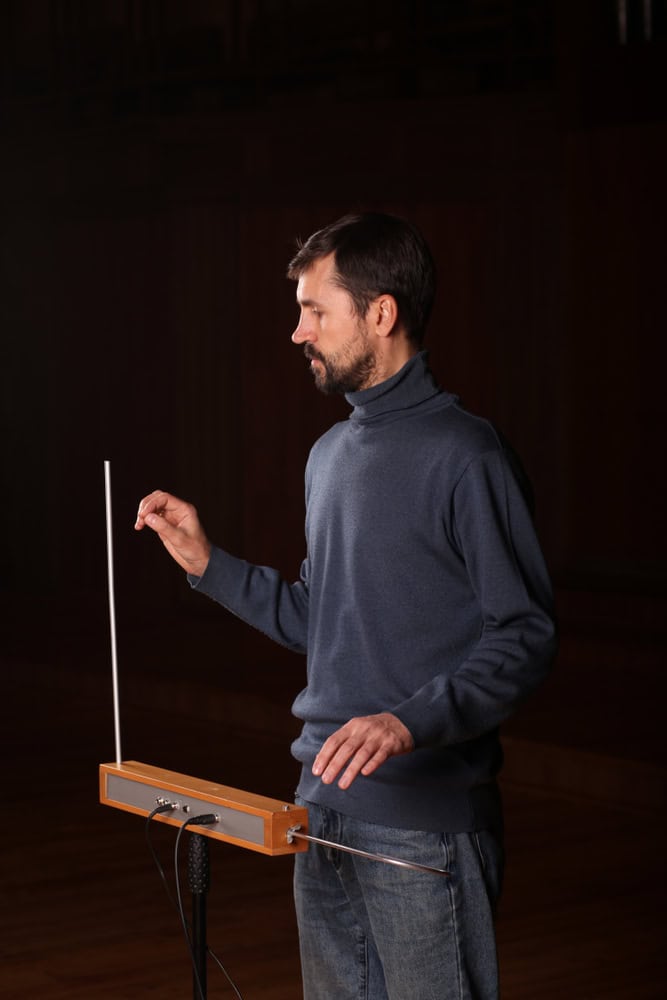
The theremin, invented by Léon Theremin in 1920, is one of the first electronic instruments. It’s unique because it’s played without physical contact. Musicians control the pitch and volume by moving their hands near two metal antennas. This results in eerie, wavering tones, often used in science fiction movies. Its haunting sound and unconventional playing method make it a fascinating instrument.
The Glass Armonica
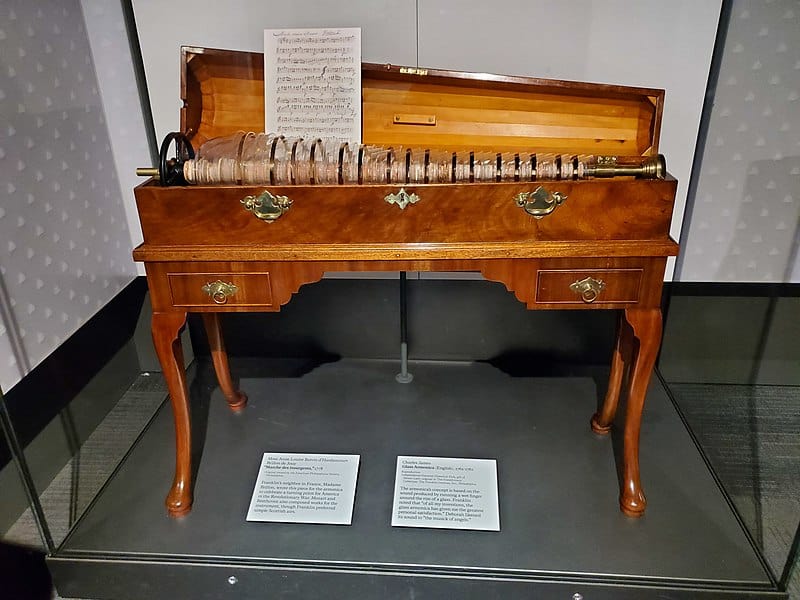
The glass armonica, invented by Benjamin Franklin, uses a series of glass bowls or goblets of different sizes. These are mounted on a spindle and played by rubbing wet fingers along the rims. The ethereal tones it produces are said to be both beautiful and unsettling. It gained popularity in the 18th century but fell out of favor due to its fragile nature and the belief that it caused madness. Today, it’s a rare and captivating instrument.
The Hurdy-Gurdy
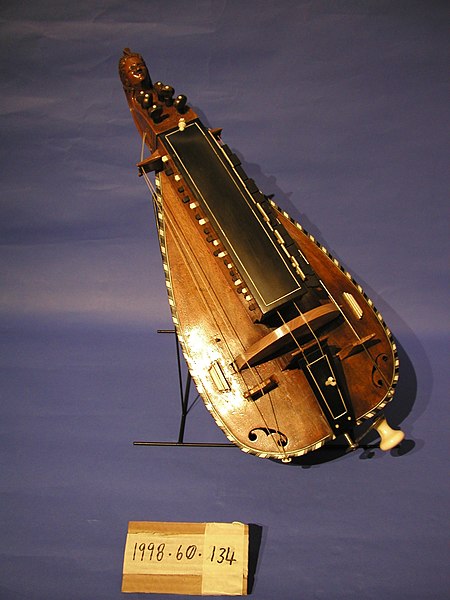
The hurdy-gurdy is a stringed instrument that produces sound by turning a crank. This crank rotates a wheel that rubs against the strings. The musician uses keys to change the pitch of the notes, similar to a keyboard. It’s known for its droning sound and was popular in medieval Europe. Its complex mechanism and unique sound make it a rare find today.
The Hang Drum
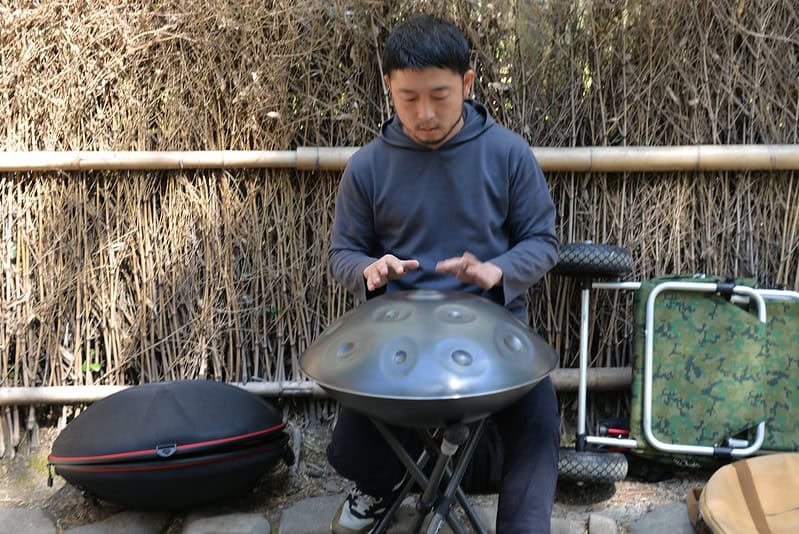
Developed in Switzerland in the early 2000s, the hang drum looks like a flying saucer. It’s played by hand, producing melodic, soothing tones. Each drum has several indentations that create different pitches. Its sound is often described as a blend of percussion and melody, offering a meditative quality. Due to limited production, it’s a rare and sought-after instrument.
The Hydraulophone

The hydraulophone is a water-based instrument invented by Steve Mann. It’s played by blocking water jets with the fingers, creating musical notes. Each jet corresponds to a different pitch, similar to a keyboard. The instrument is not only unique in its design but also in the tactile feedback it provides to players. Its aquatic nature and rarity make it a fascinating musical device.
The Crwth
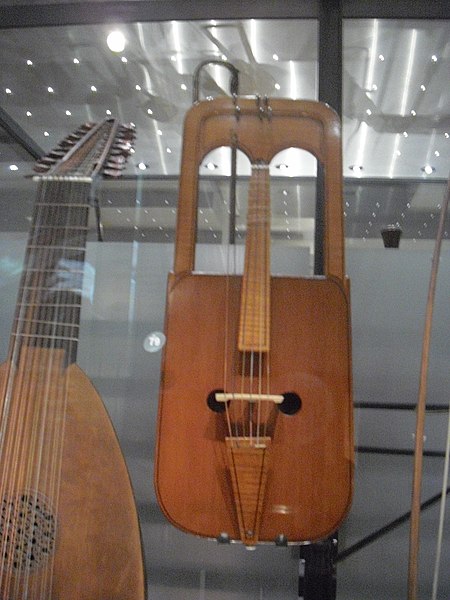
The crwth is an ancient Welsh string instrument, dating back to the Middle Ages. It has a rectangular body and is played with a bow, similar to a violin. However, it also has a flat bridge, allowing some strings to be played as drones. Its archaic design and limited use in modern times make it a rare and intriguing instrument. It’s a link to the musical traditions of ancient Wales.
The Octobass
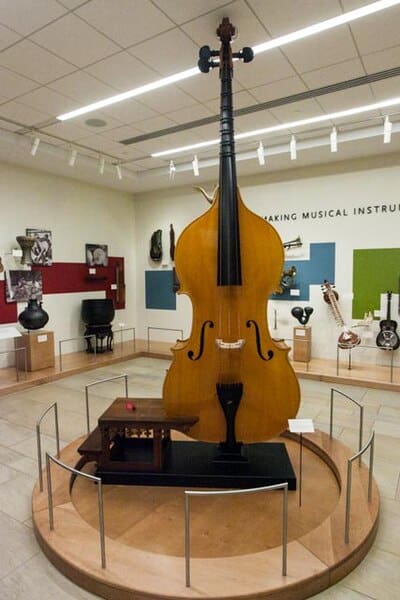
Standing at over 11 feet tall, the octobass is a massive string instrument invented by Jean-Baptiste Vuillaume. It’s similar to a double bass but much larger and produces incredibly deep tones. Due to its size, it requires special mechanisms to play, and only a few exist today. Its rarity and the profound sound it creates make it a unique addition to any orchestra.
The Nyckelharpa
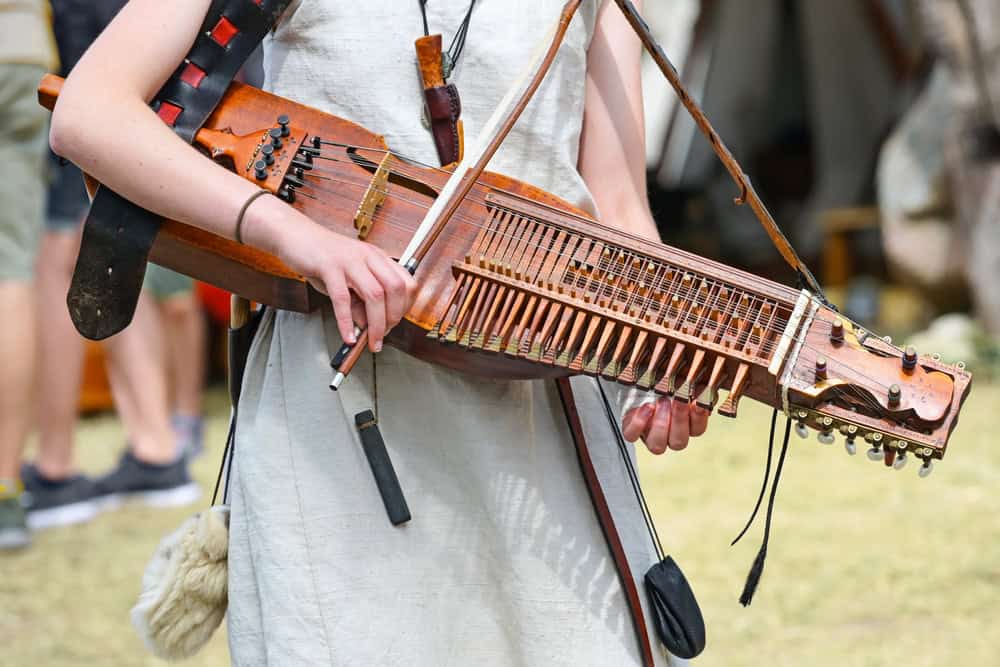
Originating from Sweden, the nyckelharpa is a traditional string instrument with keys. It has been played since the Middle Ages and features sympathetic strings that resonate with the main strings, enriching its sound. Players use a bow and press keys to change the pitch, similar to a violin but with added complexity. Its historical significance and distinctive sound contribute to its rarity.
The Didgeridoo

The didgeridoo is an ancient wind instrument developed by Indigenous Australians. It’s made from a hollowed-out tree trunk and produces a deep, resonant drone. Players use circular breathing to maintain a continuous sound, adding rhythmic and harmonic elements. Its unique cultural heritage and distinctive sound make it one of the world’s most unusual instruments.
The Contrabass Balalaika
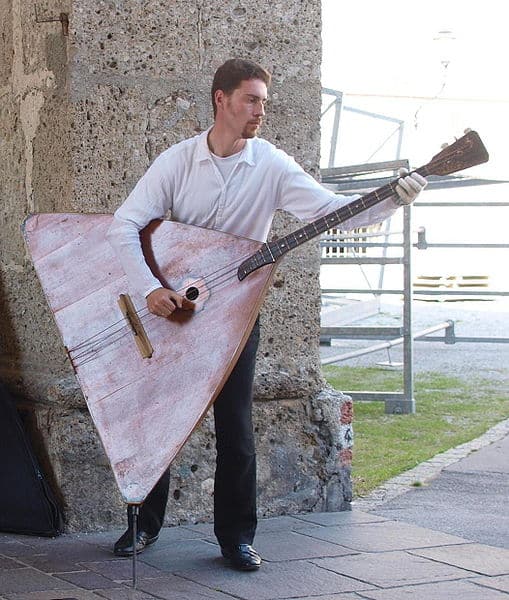
The contrabass balalaika is a giant version of the traditional Russian balalaika. It has a triangular body and three strings, played with a pick or fingers. Its deep, resonant sound and impressive size make it a unique instrument in orchestras and folk ensembles. The rarity of such large string instruments adds to its intrigue.
The Pyrophone
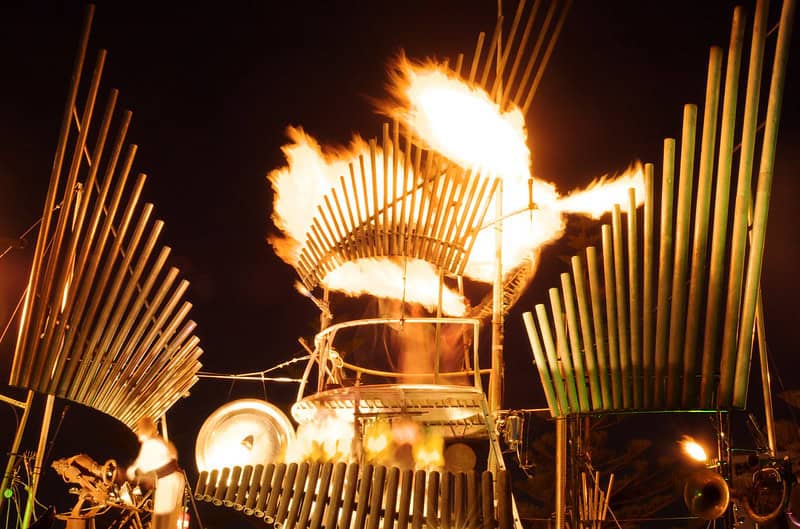
The pyrophone, also known as the fire organ, produces sound using combustion. It consists of glass tubes with flames inside that create musical notes when they resonate. Invented by Georges Frédéric Eugène Kastner in the 19th century, it’s a fascinating blend of science and music. Its fiery nature and rare usage make it an unusual instrument.
The Stylophone
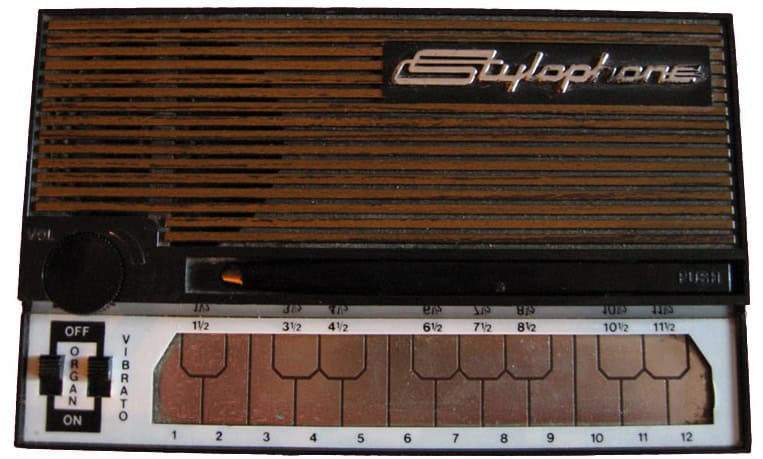
The stylophone, invented in 1967 by Brian Jarvis, is a small electronic instrument played with a stylus. It produces a buzzing, electronic sound and has a distinctive, retro charm. Its portability and unique playing method made it popular in the 1960s and 70s, but it remains a rare and quirky instrument today.
The Pikasso Guitar
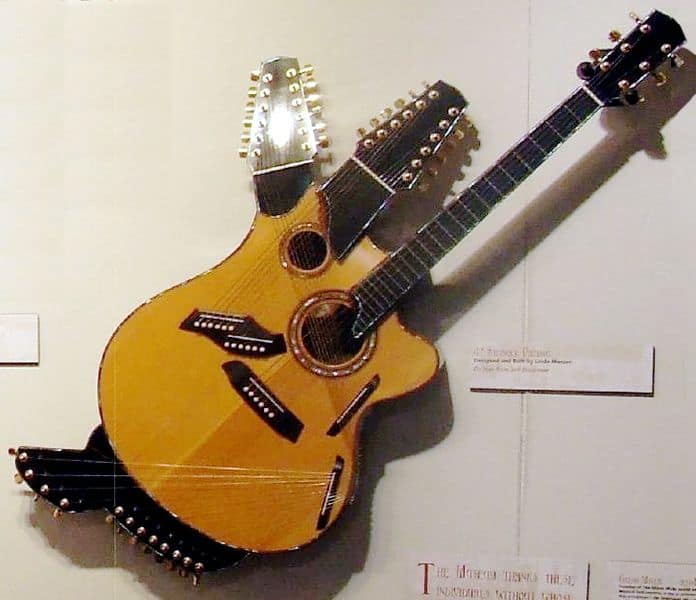
Designed by luthier Linda Manzer for guitarist Pat Metheny, the Pikasso guitar features 42 strings and four necks. Its complex design allows for a wide range of sounds and playing techniques. The instrument is a work of art and engineering, pushing the boundaries of what a guitar can be. Its uniqueness and craftsmanship make it a rare treasure in the music world.
The Sea Organ

Located in Zadar, Croatia, the sea organ is an architectural instrument played by the sea. It consists of a series of pipes embedded in the coast that produce musical notes as waves push air through them. The resulting sound is an ever-changing melody created by nature. Its integration with the environment and unique sound make it a one-of-a-kind musical experience.
The Bamboo Organ
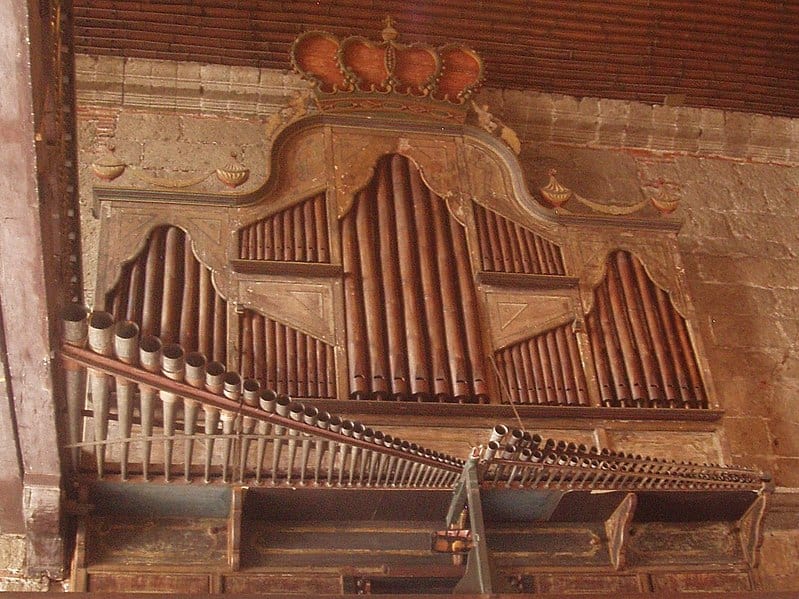
The bamboo organ, located in Las Piñas, Philippines, is made almost entirely of bamboo. Built in the early 19th century, it produces a warm, resonant sound unique to bamboo. Its construction showcases exceptional craftsmanship and the versatility of natural materials. The instrument’s historical significance and distinct sound contribute to its rarity.
The Cimbalom
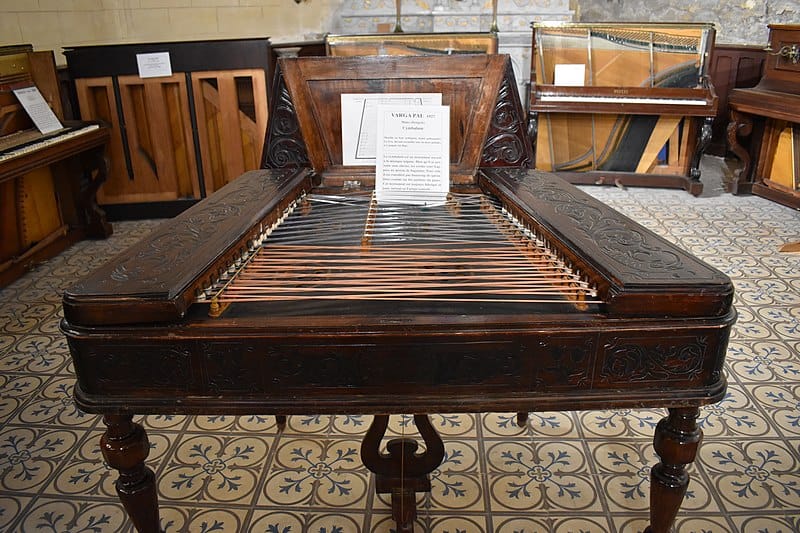
The cimbalom is a large, trapezoidal hammered dulcimer common in Eastern European music. It has metal strings stretched over a wooden frame and is played by striking the strings with mallets. The instrument produces a rich, resonant sound with a wide dynamic range. Its complex playing technique and regional significance make it a rare and fascinating instrument.
The Zeusaphone

The zeusaphone, or singing Tesla coil, produces sound by modulating electrical arcs. It’s named after the Greek god Zeus due to its dramatic appearance. Invented in the early 21st century, it’s used in performances where visual spectacle is as important as the music. Its combination of science and art creates a rare and electrifying musical experience.
The Shō
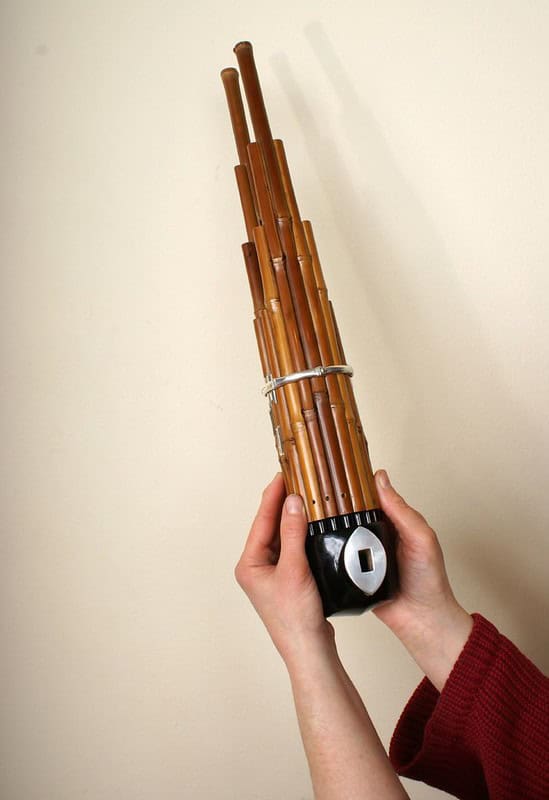
The shō is a traditional Japanese wind instrument used in gagaku music. It consists of 17 bamboo pipes, each with a metal reed, arranged in a circular pattern. Players blow into the instrument and cover holes to produce chords. Its delicate, ethereal sound and cultural significance make it a rare and treasured instrument.
The Sarangi
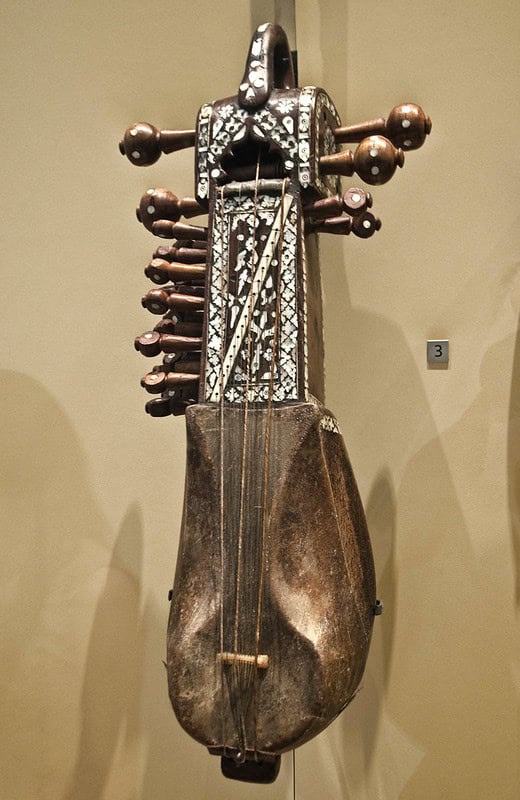
The sarangi is a traditional Indian string instrument played with a bow. It has a rectangular body and three main strings, along with numerous sympathetic strings. The instrument is known for its rich, emotive sound and ability to mimic the human voice. Its complex playing technique and cultural importance make it a rare and revered instrument in Indian classical music.
This article originally appeared on Rarest.org.
More From Rarest.Org
1990 Silver Eagle Dollar Value Guide
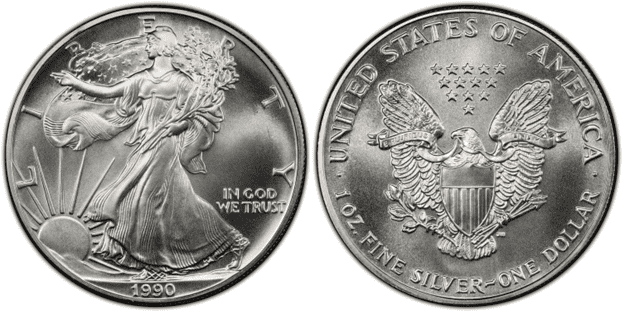
The 1990 silver dollar is made of 99.93% Silver and 0.007% Copper. It has a mass of 31.103 g, a diameter of 40.6 mm, a thickness of 2.98 mm, and a reeded edge. It was issued on November 24, 1986, up to the present. Read more.
Coins have long been a fascinating aspect of human history, not only for their economic value but also for their artistic and cultural significance. While most coins are round, some stand out due to their unique shapes and intricate designs. Read more.
In a rapidly globalizing world, there are still numerous isolated communities who maintain their traditional ways of life, far removed from modern society. These groups, spread across different continents, live in harmony with their natural environments and preserve ancient customs, languages, and practices. Read more.

